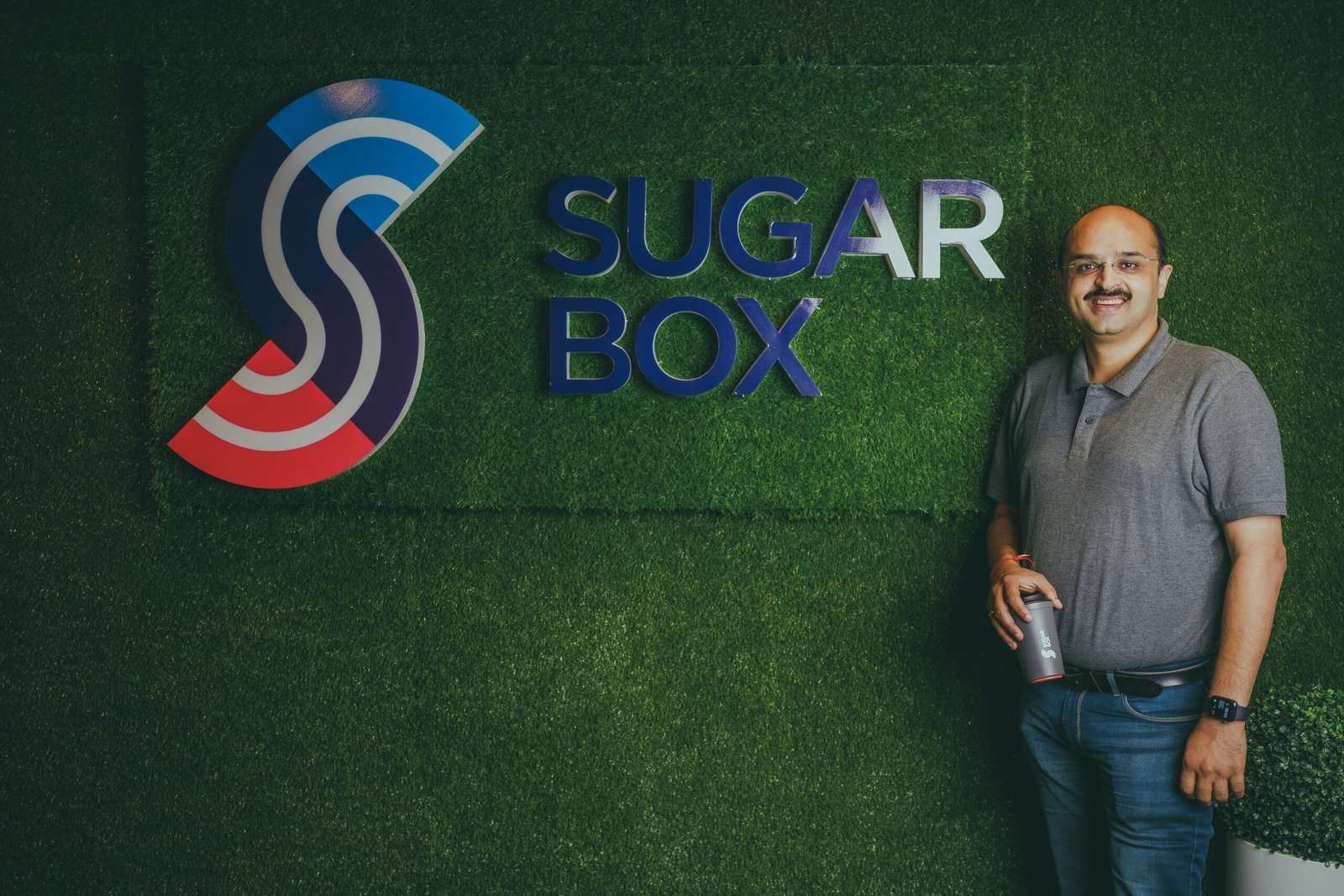Gaming is one of the fastest-growing industries in India, clocking 40% growth in 2019–2020. The Indian gaming industry recently overtook the US in terms of a user base that exceeded 300 million. Mobile phones dominate the Indian gaming industry, with phone-based gaming apps accounting for 86% of total gaming apps in 2021 (Source: https://www.ibef.org/blogs/india-s-nascent-gaming-industry-on-the-rise).
However, this comes with its own set of issues such as unstable network and intermittent mobile internet signals leading up to latency, which is a huge roadblock, in a world where every millisecond matters. The tiniest lag in network response time might prompt players to complain on social media, consequently harming the brand’s reputation.
With Peer-to-Peer and client-to-server network applications in gaming, it is altering how we view network architectures. Communication between machines, which is common in industrial automation and autonomous transportation, is susceptible to the problem of network latency or lag. Here is where cloud fragment technology could be a viable solution because they go considerably closer to the end user and enable lower latencies. For instance, this is one of 5G’s fundamental characteristics and the reason mobile cloud gaming and industrial applications are both receiving so much attention.
India has the potential to evolve into a major hub for gamers worldwide, including studios, colleges, and fans. There is much to be learned from the success story of the Indian software industry, and the Gaming Industry with its countless skilled and agile start-ups can undoubtedly pave the way for India to claim a strong positioning in the global value chain.
In contrast, the global online gaming market was valued at $151.55 billion in 2019 and is anticipated to reach an approximate value of $256.97 billion by 2025, recording a CAGR of 9.17 percent over the prediction period. This industry is predicted to grow quickly and be worth $1.1 billion by 2021, according to a Google-KMPG report (2020-2025).
In fact, Gaming enterprises are keenly observing telcos preparing for 5G trials around the nation because their next phase of growth is primarily dependent on 5G-based apps. There are a few ways that technology is being applied to advance the gaming industry. One is to enhance engagement – and cloud tech solutions form an integral part of this. For instance, players will now be able to easily stream live games instead of downloading the entire game. The second aspect is the capacity to process large amounts of data, allowing the possibility to explore data science and machine learning, to easily comprehend player insights. Infrastructure is the other side of technology. More people can be served, than ever before, thanks to the cloud (fragment technology). To all this, 5G will simply augment the internet to function quickly, effectively, and seamlessly.
For several years now, the gaming industry only offered two types of products: Hardware (consoles and computers) and software (the game). The console may no longer be an issue at all, thanks to 5G. The Gaming Industry will provide players with a subscription-based model similar to a platform like Netflix, by moving all processing to the cloud. Gamers can access a vast library of games that can be streamed to any device, anywhere, for a monthly fee. The best part is that participants don’t need to download anything to their devices to participate in multiplayer games right away.
This has increased the number of game-related products that can connect directly to the network, from smartwatches to augmented reality glasses, fully cutting out the intermediaries and bringing 3D gaming closer than ever. At times the capacity to have a seamless, real-time event is impacted by geography. For mobile game platforms and others that are exclusively designed for mobile devices, 5G and cloud fragment technology are breakthroughs in ensuring that latency, no matter the distance, keep improving.
Once (edge) cloud gaming reaches a certain mass and scale, the introduction of 5G will transform it. It will improve gaming and aid in the exploration of additional business models, such as charging extra for a more connected gaming experience. The first is the actual network (5G), the second is the underlying data infrastructure (blockchain), and the third is Web 3.0, which will support the rise of increasingly linked business models. This will transform gaming and lead to the development of new revenue streams.
With SugarBox Networks deploying CDN edges closer to the users and partnering with telcos and ISP’s, we are gearing towards augmenting the new 5G deployments and the existing 4G deployments, by providing the best latencies and faster speeds for gamers. Each HLE (Hyper Local Edge) deployed will be able to provide enough bandwidth and the lowest latency for the best experience in gameplay and access to high bitrate data for the various 3D/AR/VR games.
The article has been authored by Ripunjay Bararia, CTO & Co-founder of SugarBox Networks.


















